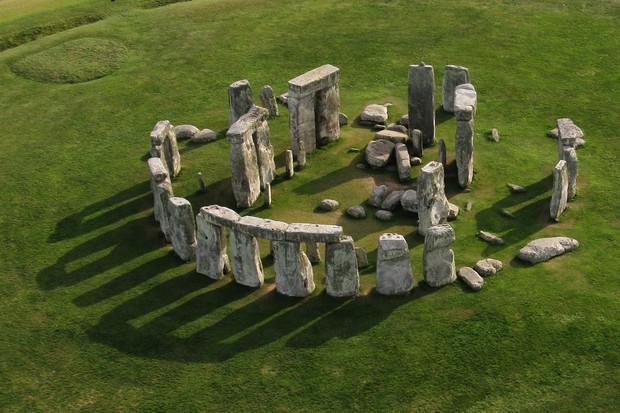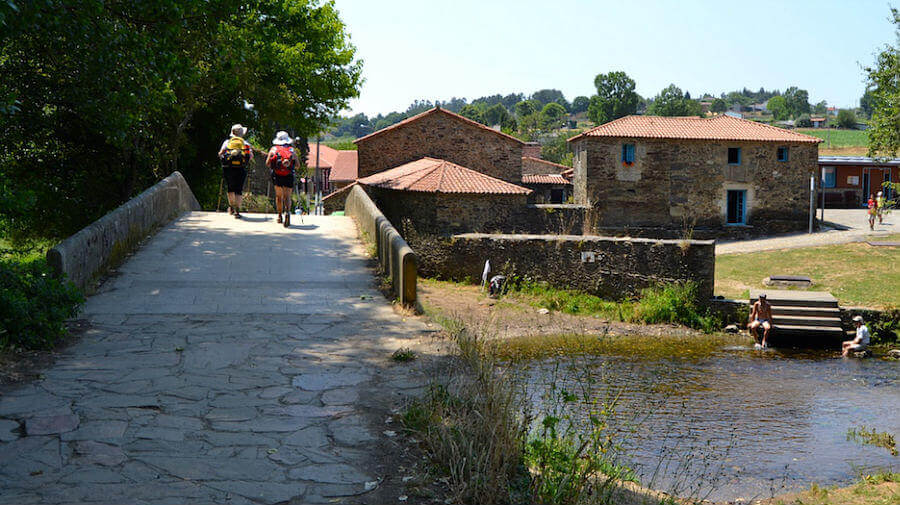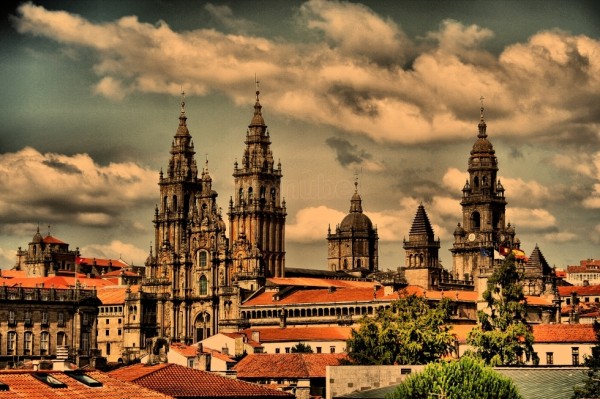Stonehenge is the national temple of Britain. Attracting almost one million visitors a year. Stonehenge is much more than an impressive exhibition of giant stones.
Stonehenge, this prehistoric monument, remains shrouded in mystery and still raises many questions for both the common man and the expert – who built it, when and for what purpose? Why did these huge stones move so unimaginably long distances and then be placed so accurately?
The majestic stone ruins of Stonehenge were located in the area of Asbury, in Wiltshire, England. There were various theories that tried to explain the origin of the Stonehenge mystery. The oldest was a medieval legend that associated it with the spells of the Magician Merlin. Subsequent “experts” attributed Stonehenge to invading troops, usually the Romans or Danes. The most widespread belief was the Stonehenge Temple of the Druids (in which sacred human sacrifices were made at the altar stone) of the famous priests of ancient Britain.
The Stonehenge appeared, as originally erected, as a set of four concentric stone circles surrounded by a mound, a shallow circular ditch or moat. The outer stone circle was formed by glaciers called “sarsen” and came from glacier-shattered sandstone rocks (moved from 20 miles to the quarry, a valley dotted with rocks in Fifield Downey, near E. The sarsen stones reached a height of 7.30 meters and weighed about 40 tons. A little further on, a circle of significantly smaller “blue stones” was formed, 1.80 meters high and weighing 4-5 tons (these blue stones were transported from Wales, over… 200 kilometers away). Even closer to the center of the monument stood the most characteristic arrangement, a ring relatively far apart from each other sarsen stones that formed a horseshoe: five huge triliths, that is, five independent constructions of three stones in the form of a gate. Finally, a corresponding row of smaller bluestones formed the inner, lower, circle of petals. Many of the stones of the monument were now fallen, buried in the ground or simply gone. There was another crumpled Altar Stone right in the center of the ruins, also the so-called Slaughter Stone or altar and farthest from them the Heel Stone with a height of 4.90 meters and two stones called Stones-stations that stood near the edge of the periphery. There was also the cycle of 56 Aubrey holes, indicating an ancient calendar of 13 months, with 28 days each, a year of 364 days. 12,368 full moons correspond to one solar year. The Greeks, during the 4th BC. century, taught that the number 56 was associated with eclipses and dragons. The large stones were carved on the spot and rolled or dragged in ready-made holes, for their erection.
In 1960, the American chemist Willard Libby won the Nobel Prize in Chemistry for the method of dating using carbon-14 in archeology, geology, geophysics and more. Later, carbon dating showed that Stonehenge was built in three main phases. In the first phase around 2,920 BC, the second around 2,400 BC. and on the third in 1,700 BC.
In 1966, the English computer astronomer Gerald Hawkins calculated with the help of a computer that Stonehenge played the role of a temple-observatory. The specific geometric placement of at least some of the stones in Stonehenge allows the thorough observation of great solar and lunar phenomena and, of course, the celebration of the summer and winter solstice.
New documentation and new theories today answer why Stonehenge was built or what purpose it once served, proposing uses of Stonehenge as a temple, as a Neolithic computer, predicting eclipses and other celestial phenomena, as a primitive cathedral, as a place of healing, , as a solar and lunar observatory, as a calendar form and as a place of rest for the dead. Through a series of tests and experiments, the transport, shaping and erection of the stones were studied.
But as much as our knowledge has grown, uncertainty remains and Stonehenge’s fundamental secrets are perpetuated. Stonehenge is unique, has survived five millennia and many cultural changes, and is a Stone Age cathedral, the center of a once prosperous and prosperous community. Their amazing stone heritage invites us to read its message.
By Eurospeak



